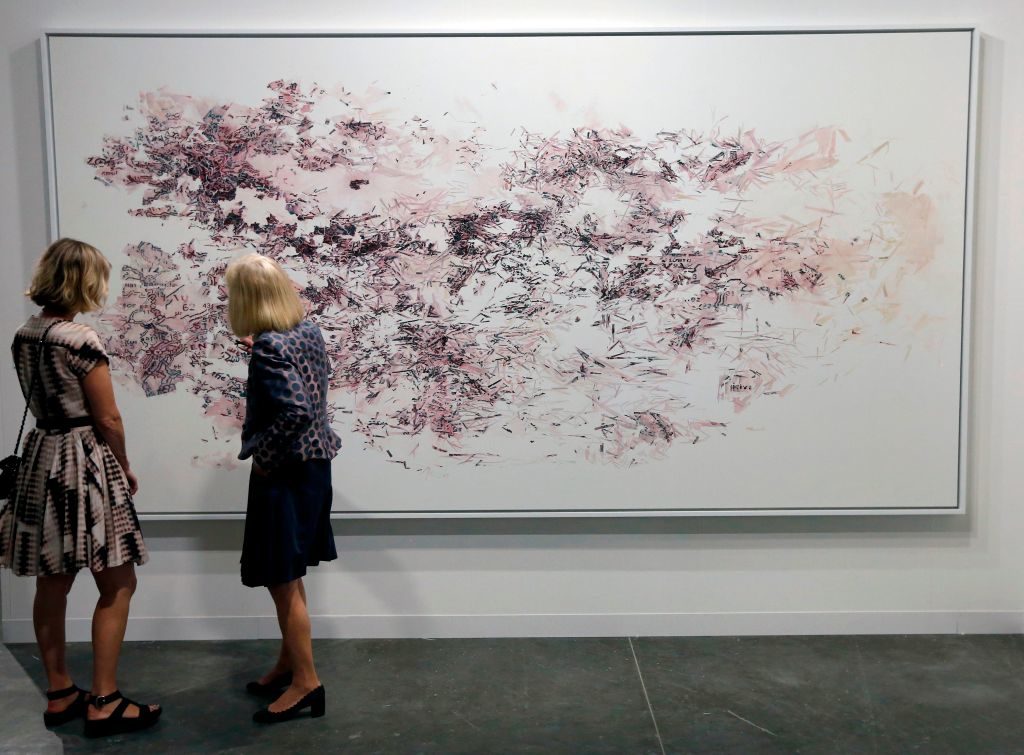Art World
A Look at the Secret Panel That Helps the IRS Value Artworks So Collectors Don’t Cheat
Here's how the tax man evaluates donations and bequests.

Here's how the tax man evaluates donations and bequests.

Henri Neuendorf

Contrary to what you might think, art collectors can’t claim huge tax deductions for donating artworks based on their own valuations. The bequest and donation of artworks generate millions in tax revenue, so the Internal Revenue Service takes great care to assess and appraise artworks as accurately as possible. In order to do that, the federal agency relies on a specialized panel of art experts known as the Art Advisory Panel.
According to the Internal Revenue Code, all artworks with a claimed value of $50,000 or more must be referred to the IRS Art Appraisal Services unit, who may consult the Art Advisory Panel—a group of 25 experienced dealers, scholars, and museum curators who work pro bono to determine fair market value or adjudicate contested art-related tax credit cases. In 2016, the panel reviewed over 500 artworks and recommended adjustments over $100 million, according to the Washington Post.
The need for the panel becomes clear when considering how easy it would be to cheat otherwise. Heirs of artworks could undervalue their bequest in order to lower their tax bill while donors could overvalue their artworks to increase their tax write-off. The Art Advisory Panel meets twice a year to adjudicate just those kinds of cases; the panel either accepts the valuation of the taxpayer or adjusts the taxpayer’s valuation to reflect fair market value.
Before the bi-annual meetings, which typically last between one and two days, the panelists receive images and information packs from Art Appraisal Services to prepare. Former panelist Joseph Bothwell, who served between 1978 and 2011 told the Washington Post that panelists adjudicate artworks at about the same speed as an auction. At peak capacity, the panelists “could get through about 600 items in a day,” he said.
In order to protect the privacy of taxpayers, the proceedings and exact content of meetings are kept secret and information presented to the panelists does not include names, the type of tax applicable to the work in question, the tax consequences, or who conducted the initial appraisal. Additionally, artworks are discussed alphabetically by artist to prevent the recognition of collections. If there is a conflict of interest, the panelist will be excluded from the meeting.
In rare cases, panelists may be required to view contested works in person. Speaking to the Post, former AAS head Karen Carolan recalled an incident in which the panel’s suspicions were roused by an artwork for which a taxpayer sought a reduction. “When they went to see it, it was actually in two or three pieces, and had [he] just pushed it together to take the photograph,” she recalled. Needless to say the IRS “disallowed the charitable donation.”